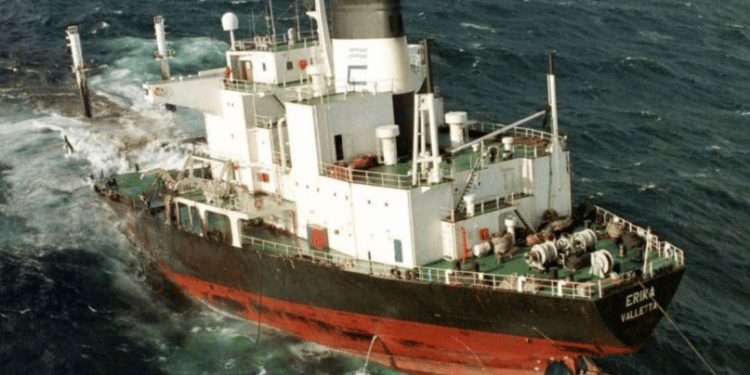Rust – Making Bad Things Happen
On 8 December 1999, the Maltese-flagged tanker Erika, departed Dunkerque bound for Livorno, carrying around 31,000 tons of heavy fuel oil. She was a 24 year old, single skin vessel which had been constructed – along with her 8 sister ships – using 10% less steel than comparable vessels. This made them relatively cheap to purchase.
The passage was due to take the vessel through the Bay of Biscay before crossing into the Med and onward to Italy. Whilst transiting the Bay of Biscay, the Erica encountered a heavy storm. Normally storms should not have created an issue for such a large craft however the Erika soon started to get into difficultly. By mid-afternoon on the 11th December she began to list 10-12 degrees to starboard. Although the captain was able to initially correct the list, the ship had been fatally compromised. A complete structural failure occurred on the 12th December with the vessel splitting clean in two.
Fortunately the entire crew was rescued by the French navy.
Some 20,000 tonnes of oil were spilled into the sea much of which subsequently washed up on the nearby French coast requiring the removal of over 190,000 tonnes of contaminates from the shoreline.
In the months following the disaster, the accident investigators concluded that – “theaccident was a direct consequence of corrosion on the boat directly related to the lack of servicing.”
The accident triggered EU to adopt a series of stringent preventive legislation, known as the Erika I and II packages, acting as the ‘Final push for Single Hull Tanker Regulations’.
